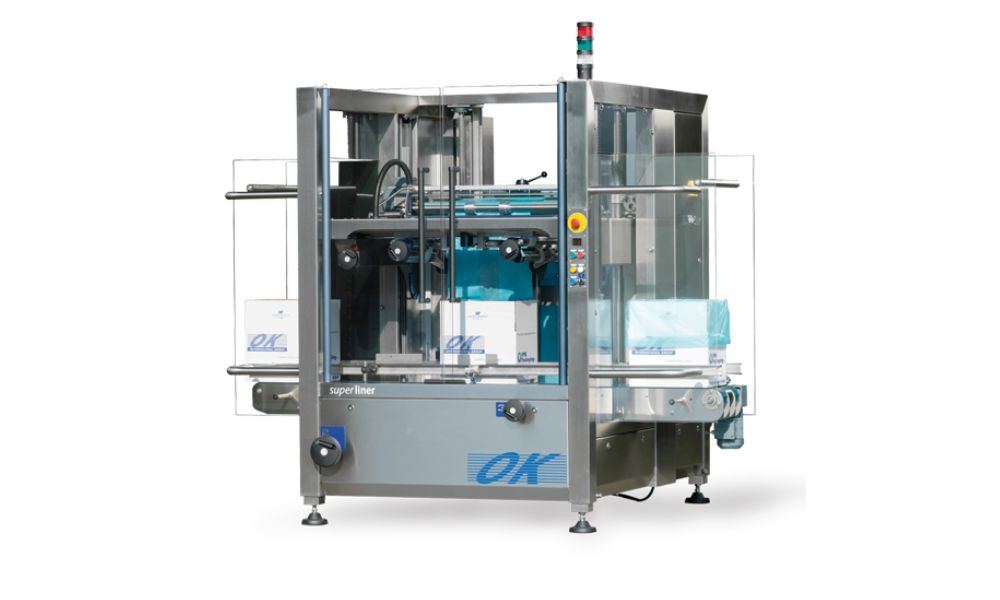At every stage of production, jams are a common and costly problem. In everything from small-scale businesses to large-scale manufacturing operations, jams can lead to costly downtimes and decreased efficiency. Identifying the source of the jam is key to finding an effective solution, but it’s not always clear whether the jam is a mechanical or material issue. Thankfully, there are ways to tell so you can identify the issue, then fix it.
Where Is the Jam Located?
Identifying the specific location of a jam is crucial in determining its cause. If the jam is occurring near moving parts, such as gears on a conveyor belt, it’s likely a mechanical issue that may require maintenance or replacement of components. On the other hand, jams near stationary items, such as an air nozzle over a bagger, are more likely to be material issues. To fix these material issues, you may need to adjust the material flow or reposition the air nozzle. When you pinpoint the jam location, you can better diagnose the problem and find the proper solution.
Determine the Type of Jam
Understanding the nature of the jam is essential in determining its root cause and identifying the best course of action to resolve it. If loose parts cause the jam, such as a misshapen product or folded film, it’s likely related to the materials used in production. Conversely, if stuck parts cause the jam, like two gears spinning against each other, it’s more likely to be a mechanical issue. When you accurately diagnose the type of jam, you can efficiently address the issue and minimize downtime in your production line.
Jam Frequency
Monitoring the frequency of jams and their locations can provide valuable insights into the underlying causes. If the jam is happening in the same spot repeatedly, it’s likely a mechanical issue related to:
- Friction
- Worn-out components
- Parts you need to adjust or replace
Alternatively, if jams occur sporadically throughout production, it’s more likely a material issue because of material quality or poorly formed products. For these types of jams, focusing on improving the quality control processes and ensuring that materials meet required specifications can help reduce the likelihood of future disruptions.
There are a few different ways to tell if the jam is a mechanical or material issue, but by simply identifying the issue, you’re not stopping it. To fully stop an issue like this, you should optimize your processing line, and there’s no better way to do that than with an automatic poly bag machine from OK Corp. With decades of experience in the industry, OK Corp is confident our machines will help your business run smoothly and efficiently.

